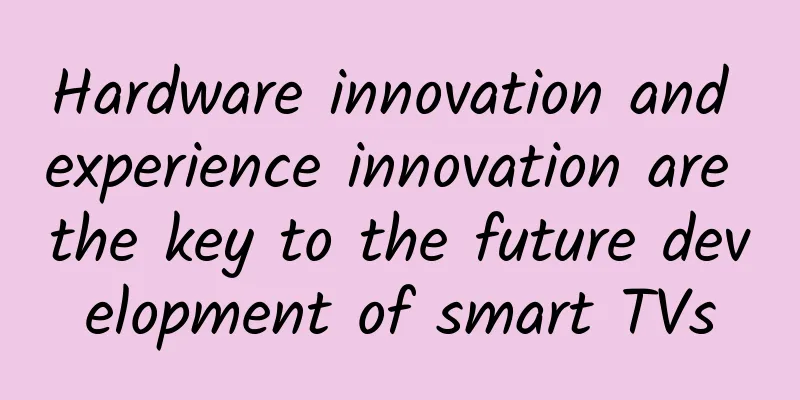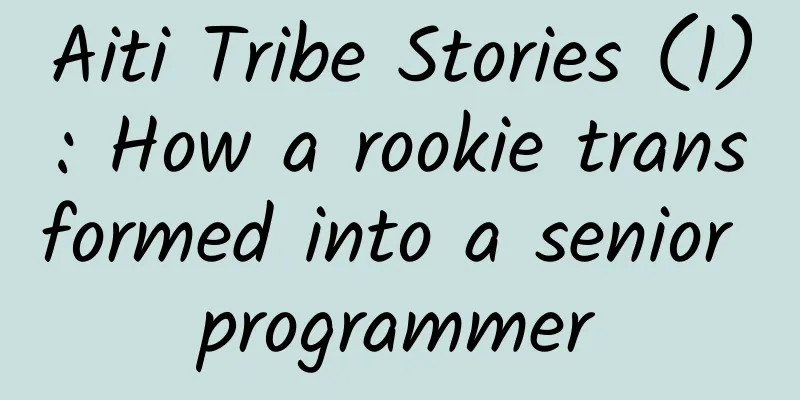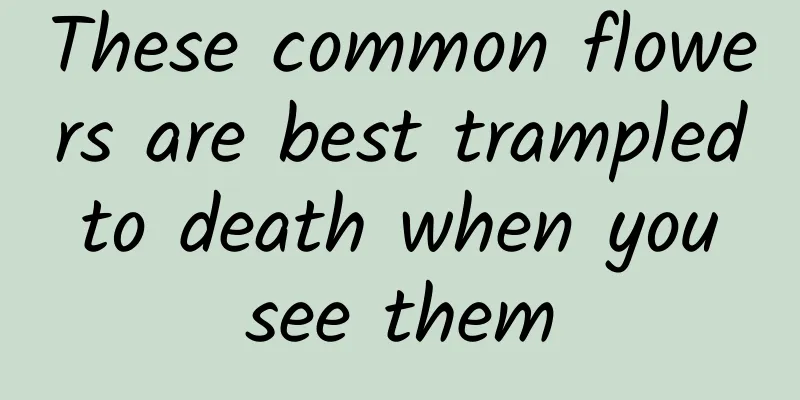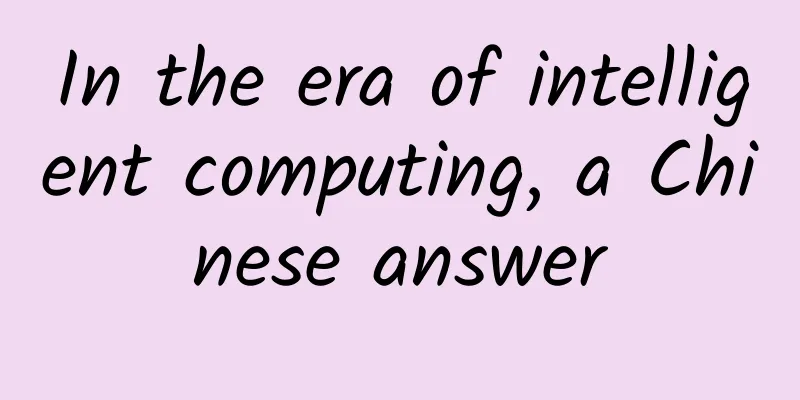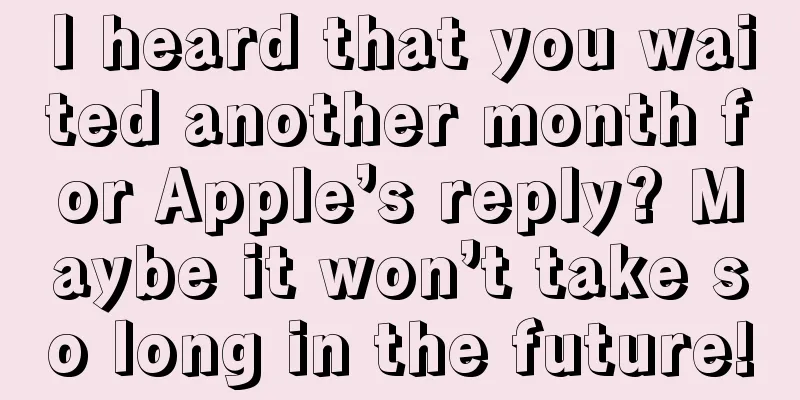Are ants smarter when they work in groups? Human teams sometimes lag behind!
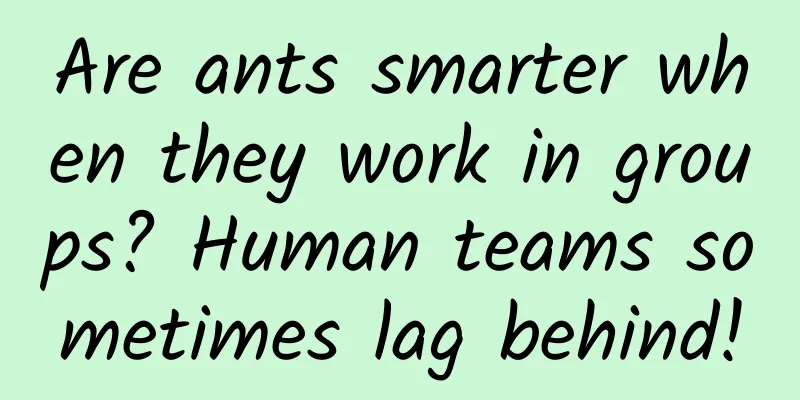
|
【**Abstract:** Recently, a new study in the Proceedings of the National Academy of Sciences of the United States of America overturned the cognition of collective intelligence: Scientists designed geometric puzzles with geometric scaling to achieve fair comparison across species for the first time. The study found that ant colonies emerge with "collective memory" through simple individual interactions, and the larger the scale, the higher the efficiency; while when humans are limited in communication, the team performance is not as good as that of individuals - the complex cognitive advantage is weakened by the pursuit of consensus. This study reveals that collective intelligence does not simply rely on the superposition of individual capabilities, and simple collaboration models may surpass human strategies that rely on complex communication in specific tasks, providing a new perspective for understanding the mechanism of collective intelligence. 】 When it comes to teamwork, we often take it for granted that "there is strength in numbers." But a new study published in the Proceedings of the National Academy of Sciences (PNAS) has found interesting results: at least when solving complex geometric puzzles, this may not be the case. The study found that ants even outperform humans in some cases, which makes us think: Is collective intelligence really just a simple addition of individual numbers? Scientists at the Weizmann Institute of Science designed an ingenious experiment that put ants and humans on the same starting line to solve the same " piano moving puzzle ." The core of the problem is how to cleverly manipulate an oddly shaped "T" object through a series of narrow passages and rooms. In order to achieve fair comparison across species and scales, the researchers carefully designed and produced five different sizes of "piano moving puzzles". These puzzles are exactly the same in geometry, but the sizes are scaled proportionally. The smallest puzzle, the "mini version", is tailored for a single ant, with a narrow passage and a light load, which tests the independent puzzle-solving ability of individual ants. The "small ant version" is slightly enlarged to test the collaboration of small ant teams. The "large ant version" is further expanded to simulate the scene of real ant colonies carrying food, challenging the collective wisdom of large ant teams. At the same time, in order to match the human body size, the researchers created three larger sizes of human puzzles. The "small human version" still maintains a size that can be operated by a single person, allowing a single human to experience the challenge of the puzzle. The "medium human version" and "large human version" are significantly enlarged and require multi-person teamwork to complete, simulating the task of carrying heavy objects in groups in real human scenarios. What’s even more ingenious is that when designing puzzles and T-shaped objects of different sizes, the researchers did not simply scale them up or down in equal proportion, but cleverly maintained the relative proportion of “ant body size to load size”. This means that for both ants and humans, the loads in their respective puzzles are similarly challenging relative to their own body size. This careful “relative scale” design ensures that puzzle solvers of different species and sizes face essentially the same geometric challenges of comparable difficulty, thus truly achieving a fair comparison on the “same starting line”, allowing us to more scientifically analyze and compare the cognitive strategies and cooperation patterns of ants and humans when solving geometric puzzles. So, how do ant teams and human teams of different sizes perform in the face of these carefully designed geometric puzzles? In order to quantify and compare the puzzle-solving abilities of different "puzzle solvers" - whether they are single ants, ant colonies, individuals, or human teams - the researchers designed a scientific evaluation system to accurately measure key indicators such as the time it takes for each puzzle solver to complete the task, the path they walk, and the number of errors they try. In the following section, let us reveal the final results of this cross-species and cross-scale "puzzle-solving competition" and see who is the real "geometry puzzle master"! Figure 1. Examples of the piano moving puzzle, A (left): single ant, right: ant colony; B (left): single person, right: human group Ants: There is strength in numbers, and the effect is amazing! For ants, it is true that "there is strength in numbers", and the more ants there are, the better the effect! A single ant is almost helpless in the face of a puzzle. But when a group of ants work together, the efficiency is greatly improved. What's more amazing is that a large team of ants can not only solve the puzzle, but also solve it faster and more efficiently than a small team. Why are large ant teams so efficient? The key lies in the "collective memory" phenomenon they exhibit. Individual ants do not have the ability to understand complex geometric structures, but when many ants gather together, their collective actions produce a "memory"-like effect. Large ant colonies seem to form a "super-individual" with memory, as if they have a certain "autonomy". When they encounter a wall, they will "slide" along the wall, just like humans using the "right-hand rule" to explore the exit of a maze. At the same time, they will randomly leave the wall from time to time and touch the wall again in other locations, which allows them to avoid the loop situation that may be encountered by the right-hand rule. To verify this discovery, the researchers also made a theoretical model. The model shows that this group behavior is not due to the special intelligence of a certain ant, but the result of the simple interaction rules in the group. Each ant just follows some simple rules and responds to the surrounding environment. But when these small local actions come together, they form a powerful overall ability similar to "cognition". Humans: After forming a group, sometimes they “ fall apart ”? When we look at human performance, the picture is more complicated. Individual humans usually do quite well when solving puzzles, often finding solutions very efficiently. But when humans form teams, things get interesting. Unlike ants, human teams did not become more effective as their numbers grew. In some cases, the opposite was true: Human teams that were restricted from communicating performed worse than individual humans. Why is this? Researchers have found that when humans can communicate freely, they spend a lot of time discussing and negotiating strategies. Communication certainly helps make better decisions, but it can also slow things down and reduce efficiency. But what's worse is that when communication is restricted (participants can't speak, use gestures, or make eye contact), human teams will regress to simpler, more direct strategies. They tend to choose the most obvious and direct solution, which is the easiest to reach a consensus, rather than exploring better but less direct solutions. Does this "greedy" strategy remind you of ants? But what's interesting is that the "greed" of ants is not simply short-sighted, but a sophisticated strategy that emerges under group collaboration. This strategy allows them to explore the environment efficiently, even if individual ants do not understand the overall situation. However, for humans who should be better at strategic thinking, this unthought-out "greed" limits the use of their cognitive advantages and eventually becomes a disadvantage. Because human individuals can understand the overall situation of the puzzle, limiting communication prevents them from making good use of their cognitive abilities. As a result, they can only make do with a solution that is "easiest to reach consensus" rather than "what they personally think is best." Interestingly, compared with seemingly “simple” creatures like ants, the simple and direct strategy of the crowd is fundamentally different. Although the group collaboration of ants is also based on simple individual behaviors, it can emerge a sophisticated strategy. Even if a single ant does not have a global vision, the entire ant colony can efficiently explore a complex environment. However, for humans with complex cognitive abilities, if communication is restricted, simply pursuing the strategy of "the easiest to reach consensus" will limit the use of their own advantages. Because human individuals have the ability to understand the overall situation of the puzzle, limiting communication actually hinders them from thinking more deeply and optimizing strategies. As a result, the solution ultimately chosen by the team is often just the one that "is easiest for everyone to reach a consensus" rather than "the best solution that individuals think after sufficient communication and thinking." Ultimately, with communication restricted, the efficiency of the crowd solving puzzles actually decreases. Figure 2: Comparison of puzzle-solving efficiency between ants and humans. (A) Path length comparison: The horizontal axis represents the standardized path length walked during the puzzle-solving process, and the vertical axis represents the proportion of successful puzzle-solving attempts. The closer the curve is to the upper left, the higher the efficiency. It can be seen that humans are the most efficient, but there is a part that overlaps with large ant colonies, and small ant colonies and single ants are less efficient. (B) Comparison of the number of state transitions: The horizontal axis represents the number of state transitions attempted during the puzzle-solving process, and the vertical axis has the same meaning as Figure A. The human group with restricted communication has the lowest efficiency, and the human group allowed to communicate freely is slightly better than a single human, but the improvement is not significant. The data in the figure are derived from experiments and model simulations. Simple collaboration vs. complex cognition: the evolutionary path of strategy For "simple minds" like ants, the expansion of group size can indeed significantly improve their "cognitive ability". But more precisely, it is their "simple collaboration mode" that has become an advantage. Although individual ants are simple, when they are organized in a specific way, they can collaborate efficiently and emerge with unexpected strategies that adapt to the environment. Although this strategy is derived from simple rules, when solving specific problems, the effect will far exceed the simple addition of the capabilities of a single ant, and even be more sophisticated than some human strategies. On the other hand, humans, who have "complex brains", are certainly powerful in their individual intelligence. However, when teamwork is required, "complex cognition" may become a burden. In order to achieve efficient group collaboration, humans need to rely on complex communication and coordination mechanisms. When communication is limited, human teams may simplify strategies and tend to choose the most direct and obvious solutions in order to quickly reach a consensus, even if members of the human team believe that these solutions are not optimal. Although this "simplified strategy" reduces communication costs, it also limits the use of human cognitive advantages, resulting in group performance being even worse than that of individuals. Therefore, for tasks such as efficient search in complex environments, the "simple collaboration" model of ants based on simple rules and emerging sophisticated strategies may be better than the "simplified strategy" chosen by humans to reach consensus under limited communication. Future Directions The researchers believe that this study is just the beginning. They plan to continue to delve into the delicate balance between individual complexity and group cooperation. Future research may explore the group problem-solving abilities of more species, and even try to design more efficient collaborative robot teams. All in all, this research provides a new perspective on our traditional understanding of collective intelligence. It reminds us that when it comes to group problem-solving ability, there is not always strength in numbers. Moreover, the most unexpected and clever solutions may be hidden in seemingly simple groups - such as a group of hardworking ants carrying things. This article is a work supported by the Science Popularization China-Creation Cultivation Program Author | Wu Tianyi Review | Zhang Jiang (Professor, School of Systems Science, Beijing Normal University) Produced by | Science Popularization Department of China Association for Science and Technology Producer | China Science and Technology Press Co., Ltd., Beijing Zhongke Xinghe Culture Media Co., Ltd. |
>>: Chemical genius! How did Mendeleev make chemical elements from "chaotic" to "orderly"?
Recommend
Does drinking coffee cause anemia? Here’s what you need to know about drinking coffee healthily
In recent years, when people need to refresh them...
Honda China: From January to December 2024, Honda China's cumulative terminal vehicle sales were 852,269 units, a year-on-year decrease of 30.9%
Honda China announced its performance for the pas...
Unveiling the secrets of "Xihe"! my country's first solar exploration satellite was successfully launched!
At 18:51 Beijing time on October 14, 2021, my cou...
Tips for writing Weibo operation plans!
Many new media operators probably have only a vag...
There was an earthquake in Shanghai. Is this strange?
The China Earthquake Networks Center officially d...
I start drooling when I pass by a bakery. Is that tempting aroma fake?
Whenever I pass by a bakery, I always smell a fra...
Amazing! New discoveries on the seabed!
Seamounts are known as "undersea gardens&quo...
Brand marketing methods in 2020!
In this fragmented era, in the context of decentr...
How hardcore are modern attack helicopters? What weapons can they carry?
In the early days of the Vietnam War, many Americ...
Invisible and intangible! What mysterious power drives the sun, moon and stars to move endlessly?
Someone asked: Celestial bodies and stars neither...
Analysis of bidding promotion in 2B industry!
When 2b products are being sold and acquiring cus...
Planning and promotion: an advanced guide to planning! (recommended collection)
Most planners have heard of theories such as USP,...
Why do people love sweet foods so much? What are the differences between sucrose, fructose, and aspartame?
Most people find it difficult to resist the tempt...
Experts reveal: Playing with your phone while charging isn't that scary
Many people have the habit of playing with their ...
When the autonomous driving sharing plan is realized, will taxis still have a place?
The black taxis on the streets of London and the ...

